Home>diy>Architecture & Design>How Many Types Of Design To Decorate A House
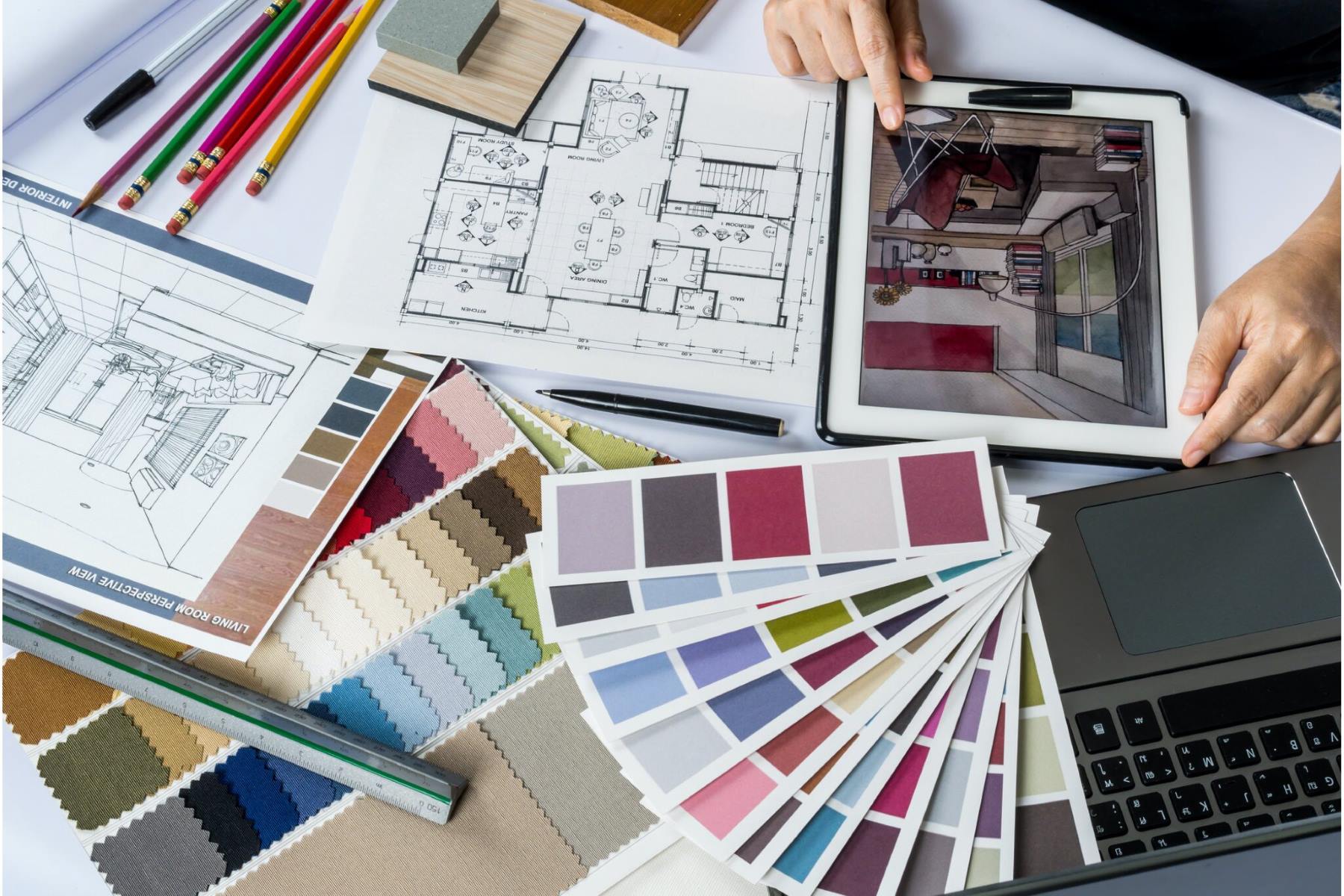

Architecture & Design
How Many Types Of Design To Decorate A House
Modified: February 4, 2024
Discover the various types of architecture design to beautifully decorate your house. Explore different styles, from modern to traditional, and create your dream home.
(Many of the links in this article redirect to a specific reviewed product. Your purchase of these products through affiliate links helps to generate commission for Storables.com, at no extra cost. Learn more)
Introduction
When it comes to designing and decorating a house, there are countless styles and approaches to choose from. Each design style brings its own unique charm, creating a distinct ambiance and aesthetic. Whether you prefer a minimalist and sleek look or a more eclectic and colorful vibe, understanding the different types of design can help you transform your house into a place that truly reflects your personality and style.
In this article, we will explore various design styles, including minimalist design, Scandinavian design, contemporary design, traditional design, industrial design, bohemian design, mid-century modern design, rustic design, coastal design, farmhouse design, eclectic design, and transitional design. By delving into each style’s characteristics and key elements, you can gain inspiration and insights to bring your dream home to life.
Key Takeaways:
- Embrace your personal style by exploring various design types, from minimalist to eclectic, to create a home that truly reflects your personality and resonates with your unique taste and preferences.
- Each design style, whether it’s minimalist, Scandinavian, or transitional, offers a distinct ambiance and aesthetic, allowing you to transform your house into a space that feels like a true reflection of your individuality and style.
Read more: How Many Types Of Alexa Are There
Minimalist Design
Minimalist design is all about simplicity, functionality, and clean lines. It focuses on the principle of “less is more,” eliminating unnecessary clutter and distractions to create a calm and serene space. This style is characterized by a neutral color palette, sleek furniture, and an emphasis on natural light and open spaces.
In a minimalist-designed home, you will find furniture with clean and straight lines, devoid of excessive ornamentation. The color scheme is typically monochromatic, with white, black, and shades of gray being the dominant colors. The use of natural materials, such as wood and stone, adds warmth and texture to the space.
One of the key features of minimalist design is the concept of “hidden storage.” Furniture pieces are often designed with hidden compartments or built-in storage to keep the space clutter-free. This allows for a visually appealing and organized environment, promoting a sense of calm and relaxation.
When it comes to décor, minimalist design prefers simplicity over extravagant embellishments. A few carefully chosen artwork pieces or decorative accents can add a touch of personality without overpowering the space. The focus is on the quality and impact of individual elements rather than a large quantity of items.
Minimalist design is ideal for those who appreciate a streamlined and uncluttered aesthetic and prioritize functionality and simplicity. It creates a sense of order and tranquility, making it easier to focus and unwind in your home.
Scandinavian Design
Scandinavian design showcases simplicity, functionality, and a connection to nature. Originating from the Nordic countries, this style harnesses the beauty of natural light, clean lines, and a serene color palette to create a welcoming and cozy atmosphere.
In a Scandinavian-designed home, you will find a harmonious blend of minimalism and warmth. The color palette typically consists of neutral tones, such as whites, grays, and light pastels, which help to maximize the natural light and create an airy feel. Natural materials, such as wood and stone, are used abundantly, adding warmth and texture to the space.
Scandinavian furniture is characterized by clean lines, simple yet functional forms, and an emphasis on comfort. The focus is on practicality and efficiency while maintaining an aesthetically pleasing design. Cozy textiles, such as wool and fur, are often incorporated to create a sense of warmth and hygge.
The Scandinavian design philosophy places great importance on nature and the outdoors. Large windows are common, allowing for ample daylight and a connection to the surrounding environment. Indoor plants are also prominent, bringing a touch of greenery and freshness to the space.
In terms of décor, Scandinavian design embraces a minimalist approach with tasteful and meaningful accessories. Geometric patterns, natural textures, and handmade crafts are often utilized to add visual interest. The overall goal is to create a sense of harmony and tranquility within the space.
Scandinavian design is perfect for those who appreciate simplicity, functionality, and a connection to nature. It creates a cozy and inviting atmosphere, making your home a sanctuary of comfort and relaxation.
Contemporary Design
Contemporary design represents the current trends and styles of the present time. It is characterized by its sleekness, clean lines, and innovative use of materials. This design style is often seen as a fusion of different influences and draws inspiration from various periods and cultures.
In a contemporary-designed home, you will find a balance between form and function. The color palette is typically neutral, with pops of bold colors used sparingly for accentuation. The focus is on creating a sense of openness and visual flow through the use of open floor plans and large windows that allow abundant natural light to infiltrate the space.
Contemporary furniture is known for its minimalist design, featuring smooth and geometric shapes. Materials such as glass, metal, and polished surfaces are commonly incorporated. Technology is seamlessly integrated into the design, with features like hidden cable management and smart home automation.
When it comes to décor, contemporary design embraces the concept of “less is more.” Artworks with bold and abstract designs, sculptural pieces, and unique accessories are used to add visual interest and create focal points. Textures and patterns are kept simple, allowing the design elements to stand out.
Flexibility and versatility are key in contemporary design. Furniture pieces are often multifunctional, utilizing space-saving solutions and modular designs. The focus is on creating a comfortable and practical living environment without sacrificing style.
Contemporary design is ideal for those who appreciate a clean and uncluttered aesthetic while staying up-to-date with the latest trends. It provides a fresh and modern look, making your home a vibrant reflection of the present time.
Traditional Design
Traditional design embodies a classic and timeless aesthetic, drawing inspiration from rich historical elements and cultural influences. It is known for its elegant and sophisticated look, creating a sense of familiarity and warmth in the home.
In a traditionally designed home, you will find a combination of ornate architectural details, intricate moldings, and fine craftsmanship. The color palette is often warm and inviting, featuring earthy tones, deep hues, and rich textures. Classic patterns, such as floral prints and damasks, are commonly used in fabrics and wallpapers to add a touch of luxury.
Traditional furniture is characterized by its graceful lines, luxurious upholstery, and intricate woodwork. Pieces are often made from high-quality materials, such as solid wood and fine fabrics. Furniture placement and arrangement play a crucial role in creating a sense of symmetry and balance within the space.
Décor in traditional design is all about exuding elegance and refinement. Antiques, family heirlooms, and collections are often showcased, adding a sense of history and personal touch. Traditional artwork, such as landscapes and portraits, are favored, while decorative accessories, such as vases and candleholders, contribute to the overall grandeur.
Lighting in traditional design emphasizes the ambiance and creates a cozy atmosphere. Chandeliers, wall sconces, and table lamps with ornate details and soft lighting are commonly used. They not only provide functional illumination but also add a touch of sophistication to the space.
Traditional design is perfect for those who appreciate timeless beauty, formal elegance, and a refined atmosphere. It brings a sense of history and tradition into your home, making it a place of comfort and sophistication.
Read more: How Many Types Of Glass Are There
Industrial Design
Industrial design draws inspiration from factories, warehouses, and industrial spaces. It embraces a raw and unfinished aesthetic, showcasing exposed materials and utilitarian elements. This design style is characterized by its unique blend of functionality, simplicity, and urban charm.
In an industrial-inspired home, you will find a mix of materials such as concrete, brick, metal, and reclaimed wood. The color palette is typically based on neutral tones, with the occasional addition of muted or earthy colors. The focus is on showcasing the natural textures and unfinished surfaces of these materials.
Industrial furniture often features a combination of metal and wood, with a focus on simplicity and practicality. Pieces are designed with minimal ornamentation and clean lines. Utilitarian elements, such as exposed pipes, gears, and metal frames, are celebrated as design features rather than being concealed.
Décor in industrial design embraces a utilitarian and functional approach. Vintage or salvaged items, such as old factory equipment or repurposed industrial components, are often used as decorative accents. Edison bulbs, wire baskets, and exposed light fixtures add to the industrial charm.
Lighting in industrial design places a strong emphasis on functionality and simplicity. Wide-flame pendant lights, metal task lamps, and bare-bulb fixtures are commonly seen. These light sources create a warm and inviting ambiance while showcasing the industrial character of the space.
Industrial design is ideal for those who appreciate a rough yet stylish aesthetic and the charm of repurposed materials. It brings a unique urban vibe into your home, making it a statement of individuality and creativity.
Bohemian Design
Bohemian design, also known as boho-chic, embraces a free-spirited and carefree aesthetic. It draws inspiration from various cultures, art forms, and eclectic elements to create a vibrant and unconventional space. This design style encourages self-expression, showcasing an abundance of colors, patterns, and textures.
In a bohemian-inspired home, you will find a mix of bold and vibrant colors. The color palette ranges from rich jewel tones to earthy hues, creating a visually stimulating and eclectic environment. Patterns, such as geometric, tribal, or floral prints, are combined to add depth and interest.
Bohemian furniture is characterized by its relaxed and unconventional style. Vintage pieces, upcycled furniture, and handcrafted items are common. Natural materials, such as rattan, wicker, and macramé, add a bohemian touch, while plush textiles and cushions create a cozy and inviting space.
Décor in bohemian design celebrates personal treasures, international artifacts, and artistic influences. Collections of artwork, tapestries, and cultural objects are displayed, creating a sensory experience and telling a story. Plants and greenery are also a prominent feature, adding a natural and organic element to the space.
Lighting in bohemian design often includes eclectic fixtures, such as Moroccan lanterns, beaded chandeliers, or string lights. Warm and soft lighting enhances the bohemian ambiance, creating a relaxed and dreamy atmosphere.
Bohemian design is perfect for those who appreciate a free-spirited and unconventional lifestyle. It allows for self-expression and creativity, making your home a sanctuary of individuality and artistic inspiration.
When decorating a house, consider using a combination of interior design styles such as modern, traditional, minimalist, industrial, or eclectic to create a unique and personalized space.
Mid-Century Modern Design
Mid-Century Modern design is a style that originated in the mid-20th century and has remained popular ever since. It is characterized by a clean and minimalist aesthetic, combined with bold colors, organic shapes, and sleek lines. This design style focuses on functionality, simplicity, and a harmonious integration between indoor and outdoor spaces.
In a Mid-Century Modern home, you will find a spacious and open layout, with an emphasis on natural light and the use of large windows. The color palette is typically vibrant and bright, featuring bold hues such as orange, turquoise, and mustard yellow, combined with neutrals like white and gray.
Mid-Century Modern furniture is known for its clean lines, geometric shapes, and use of natural materials. Popular pieces include the iconic Eames lounge chair, Tulip dining table, and Noguchi coffee table. Furniture is designed to be functional and comfortable, often featuring tapered legs and open spaces to create an airy feel.
In terms of décor, Mid-Century Modern design embraces a mix of vintage and modern elements. Artwork, such as abstract paintings or geometric prints, is showcased on the walls. Organic textures, like wood and leather, are used to add warmth and contrast to the space. Statement lighting fixtures, such as Sputnik chandeliers or Nelson bubble lamps, are also common in Mid-Century Modern design.
Mid-Century Modern design is perfect for those who appreciate a sleek and timeless aesthetic, combined with a touch of retro charm. It brings a sense of sophistication and style to your home, while maintaining a functional and uncluttered environment.
Rustic Design
Rustic design embraces the charm of nature and the simplicity of rural living. It draws inspiration from the natural elements, textures, and warmth of the countryside. This design style is known for its raw and rugged aesthetic, creating a cozy and inviting atmosphere in the home.
In a rustic-inspired home, you will find an emphasis on natural materials and textures. Wood, stone, and brick are commonly used to add a sense of earthiness and warmth. The color palette is typically earthy, featuring shades of brown, beige, and warm neutrals.
Rustic furniture is characterized by its sturdy and handcrafted look. Furniture pieces are often made of wood, with visible grains and imperfections celebrated. Distressed finishes and vintage or antique furniture pieces add to the rustic charm. Comfort and functionality are key, with plush seating and cozy textiles.
Décor in rustic design celebrates the beauty of nature and the countryside. Natural accents, such as woven baskets, dried flowers, and animal-inspired artwork, are commonly used to bring the outdoors in. Textiles with cozy textures, such as faux fur or knitted throws, add warmth and comfort to the space.
Lighting in rustic design aims to create a warm and inviting ambiance. Warm-colored lighting fixtures, such as wrought iron or wooden chandeliers, are common choices. Sconces, lanterns, and candles also add to the rustic atmosphere, creating a soft and cozy glow.
Rustic design is perfect for those who appreciate a cozy and natural aesthetic. It creates a sense of warmth and nostalgia, making your home a welcoming retreat from the fast pace of modern life.
Read more: How Many Types Of Pillows Are There
Coastal Design
Coastal design, also known as beach or nautical design, captures the essence of seaside living. This design style evokes a relaxed and serene atmosphere, mirroring the colors and textures found in coastal surroundings. It is characterized by a breezy and light aesthetic, reminiscent of a beachfront retreat.
In a coastal-inspired home, you will find a color palette inspired by the ocean, sand, and sky. Whites, blues, and soft pastels dominate the space, creating a fresh and airy feel. Natural textures, such as rattan, jute, and linen, are used to enhance the coastal ambiance.
Coastal furniture is designed with comfort and relaxation in mind. Pieces are often made of light-colored woods like bamboo or driftwood, with a casual and laid-back style. Slipcovers and upholstered furniture in natural fabrics create a sense of ease and comfort.
Décor in coastal design celebrates the beauty of the sea and beach. Seashells, sea glass, and driftwood are popular accents that can be displayed in jars or used as organic décor. Coastal artwork, such as beach landscapes or marine life, brings a sense of tranquility and connection to nature.
Lighting in coastal design is designed to mimic the soft glow of coastal sunsets and warm beach evenings. Nautical-inspired lighting fixtures, such as rope or lantern pendants, are common choices. Table lamps with woven or rope bases add to the beachy ambiance.
Coastal design is perfect for those who yearn for a serene and relaxed living environment. It brings a sense of tranquility and the calming vibes of the seaside to your home, making it a welcoming coastal oasis.
Farmhouse Design
Farmhouse design embraces the charm and simplicity of rural farmhouses, creating a cozy and inviting atmosphere. This design style combines rustic elements with modern comforts, evoking a sense of warmth and nostalgia. It is characterized by its timeless appeal and a blend of vintage and contemporary elements.
In a farmhouse-inspired home, you will find a color palette that reflects the natural beauty of the countryside. Neutral tones, such as whites, creams, and warm beiges, are commonly used. Accents of muted colors, like soft blues or sage greens, add a touch of freshness and tranquility.
Farmhouse furniture features a blend of traditional and rustic pieces. Natural materials, such as wood and distressed metals, are favored for their character and texture. Furniture is designed for comfort and practicality, often with a mix of reclaimed and new pieces to create an eclectic and lived-in feel.
Décor in farmhouse design highlights the simplicity and functionality of rural living. Vintage accessories, such as metal buckets, mason jars, and weathered signs, add a touch of nostalgia. Textiles with farmhouse-inspired patterns, like gingham or plaid, create a cozy and comforting atmosphere.
Lighting in farmhouse design aims to create a warm and inviting ambiance. Chandeliers with rustic finishes or exposed bulbs add character and charm to the space. Table and floor lamps with fabric or burlap shades provide soft and cozy lighting.
Farmhouse design is perfect for those who appreciate a cozy and down-to-earth aesthetic. It creates a sense of comfort and nostalgia, making your home a welcoming retreat where you can relax and unwind.
Eclectic Design
Eclectic design is all about combining different styles, eras, and influences to create a unique and personalized space. It is characterized by its freedom of expression, allowing for a diverse mix of colors, patterns, textures, and decorative elements. Eclectic design celebrates individuality and breaking conventional design rules.
In an eclectic-designed home, you will find a mix of patterns, colors, and textures that may seem unconventional but harmoniously blend together. There are no strict rules when it comes to color schemes; bold and vibrant hues can coexist with soft and neutral tones. The key is to create a balanced composition where each element complements the others.
Eclectic furniture is diverse, showcasing pieces from different eras and styles. Vintage finds can coexist with modern furniture, creating an unexpected and visually captivating environment. There is a sense of playfulness in mixing different materials, finishes, and shapes to add character and interest to the space.
Décor in eclectic design is a reflection of personal taste and interests. Artwork, sculptures, and decorative objects from various cultures and art movements can be combined to create a visually stimulating ambiance. Eclectic design encourages displaying personal collections and cherished items that tell a story.
Lighting in eclectic design is not limited to any particular style. Unique and statement light fixtures are often used as focal points. Mixing different lighting sources, such as chandeliers, floor lamps, and sconces, adds depth to the space and allows for flexibility in creating different moods.
Eclectic design is perfect for those who embrace individuality and want to showcase their diverse taste. It allows for self-expression and creativity, making your home a reflection of your personality and interests.
Transitional Design
Transitional design is a harmonious blend of traditional and contemporary elements, creating a timeless and versatile style. It bridges the gap between classic and modern design, offering a refined and balanced aesthetic. Transitional design is characterized by its emphasis on clean lines, neutral colors, and a sense of comfort.
In a transitional-designed home, you will find a neutral color palette with subtle pops of color. Shades of beige, gray, and white create a calming and serene environment. Soft textures and natural materials, such as wood and stone, add warmth and depth to the space.
Transitional furniture combines the elegance of traditional styles with the simplicity of contemporary designs. Pieces are often streamlined and have clean lines, with comfort as a priority. Upholstered furniture features neutral fabrics or leather in simple yet sophisticated silhouettes.
Décor in transitional design is minimalistic and purposeful. It relies on a carefully curated selection of accessories and artwork to add personality and visual interest. Combining a few traditional and contemporary accents, such as mirrors, vases, or sculptures, creates a sense of balance.
Lighting in transitional design is focused on creating a warm and inviting ambiance. A combination of natural light, recessed lighting, and statement fixtures, such as pendant or chandelier lighting, adds depth and a sense of drama to the space. A mix of lighting sources allows for flexibility to create different moods.
Transitional design is perfect for those who appreciate a blend of classic elegance and contemporary simplicity. It offers a timeless and versatile style that can evolve over time. Transitional design creates a comfortable and familiar environment, making your home a welcoming and stylish retreat.
Conclusion
Designing and decorating a house is a creative and personal endeavor, and understanding different design styles can help you bring your vision to life. From minimalist and Scandinavian designs to contemporary and traditional styles, each design offers a unique aesthetic and atmosphere. By exploring the various design styles, you can discover the one that resonates with your personality and creates a space that truly feels like home.
Minimalist design focuses on simplicity and functionality, creating a calm and uncluttered space. Scandinavian design embraces natural light, clean lines, and a connection to nature, fostering a cozy and serene ambiance. Contemporary design showcases sleekness, clean lines, and innovative use of materials, providing a modern and stylish atmosphere. Traditional design embodies elegance, sophistication, and a timeless aesthetic, evoking a sense of familiarity and warmth.
Industrial design draws inspiration from factories and warehouses, celebrating raw materials and utilitarian elements. Bohemian design embraces a free-spirited and unconventional aesthetic, combining colors, patterns, and textures in a vibrant and eclectic manner. Mid-Century Modern design offers a blend of functionality, simplicity, and retro charm, creating a timeless and sophisticated atmosphere. Rustic design captures the charm of the countryside, showcasing natural materials and creating a cozy and inviting space.
Coastal design evokes the relaxed and serene vibes of beach living, with a focus on natural elements and a breezy color palette. Farmhouse design embraces the simplicity and comfort of rural living, combining vintage and contemporary elements to create a cozy and inviting environment. Eclectic design celebrates individuality and allows for a diverse mix of styles and influences, creating a unique and personal space. Transitional design combines traditional and contemporary elements, offering a timeless and versatile style.
Each design style has its own beauty and charm, allowing you to create a home that reflects your personality and style. Whether you prefer the simplicity of minimalist design, the warmth of farmhouse design, or the eclecticism of bohemian design, the key is to choose a style that resonates with you and creates a space you love to come home to. So don’t be afraid to mix and match, follow your instincts, and create a home that truly represents who you are.
Frequently Asked Questions about How Many Types Of Design To Decorate A House
Was this page helpful?
At Storables.com, we guarantee accurate and reliable information. Our content, validated by Expert Board Contributors, is crafted following stringent Editorial Policies. We're committed to providing you with well-researched, expert-backed insights for all your informational needs.
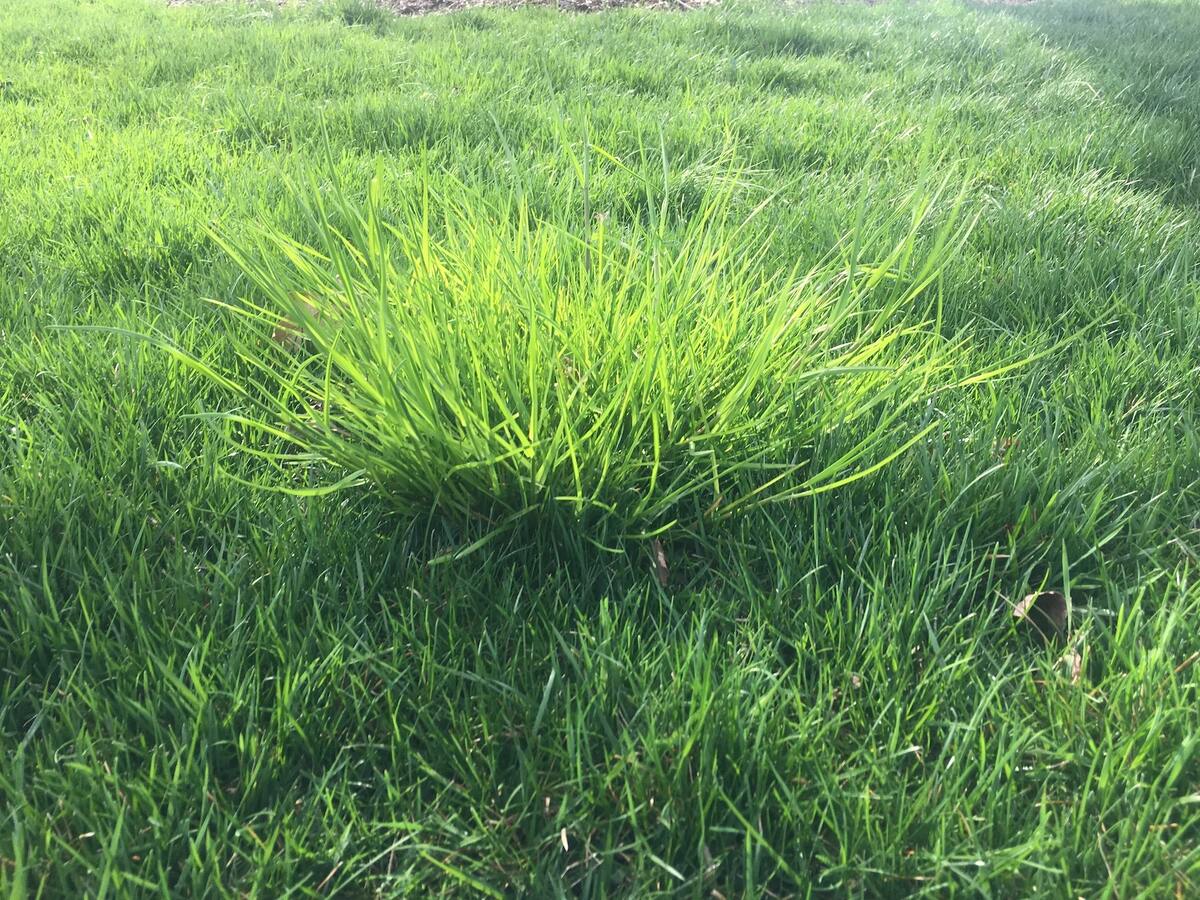

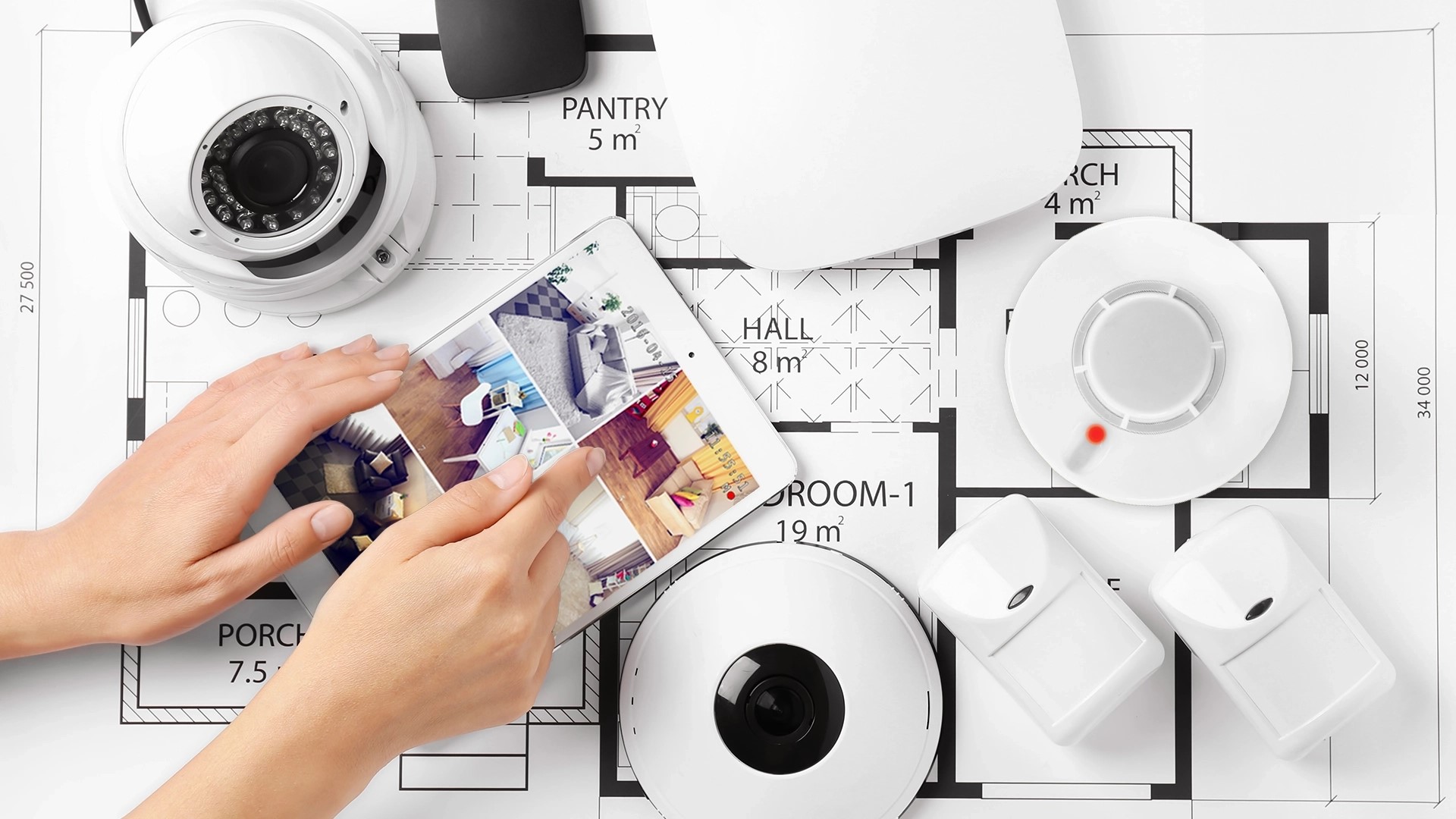
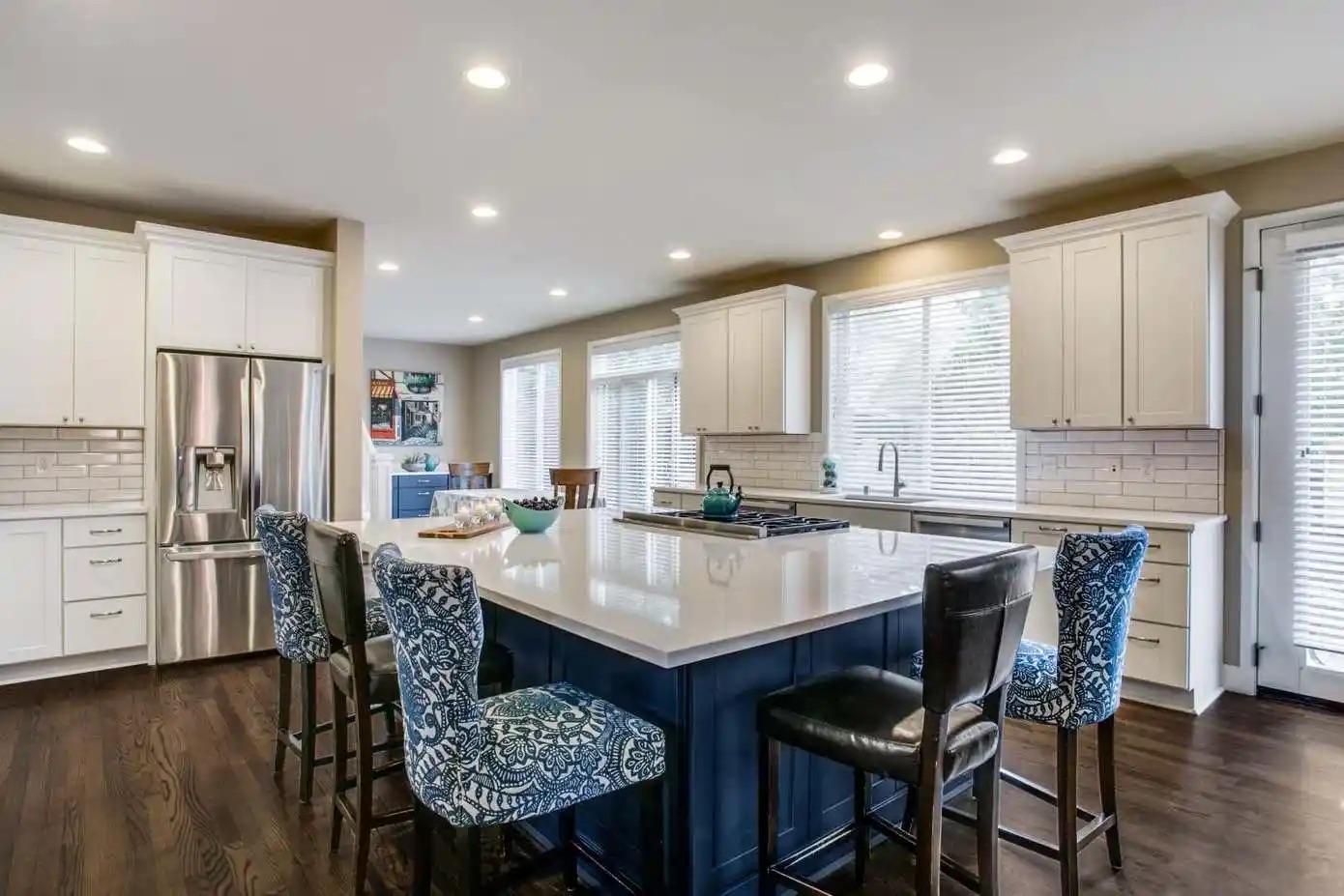
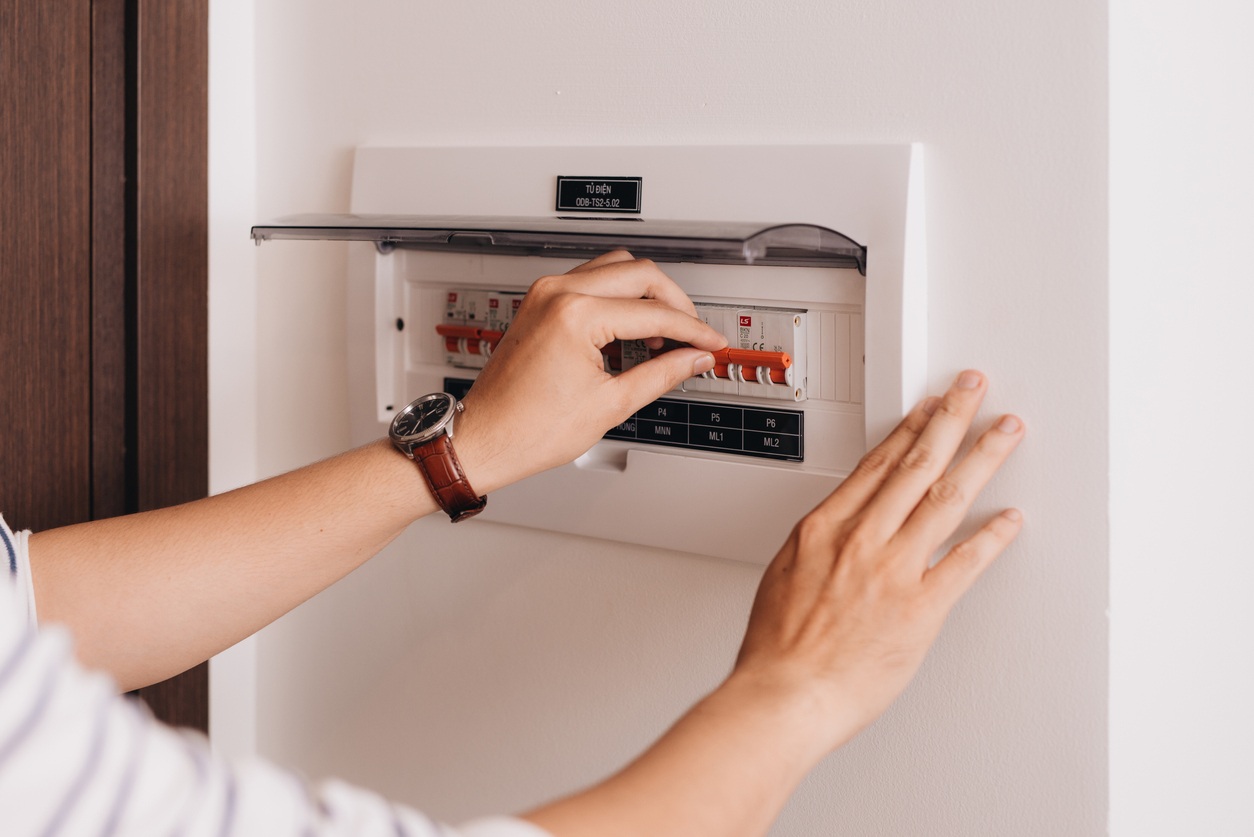
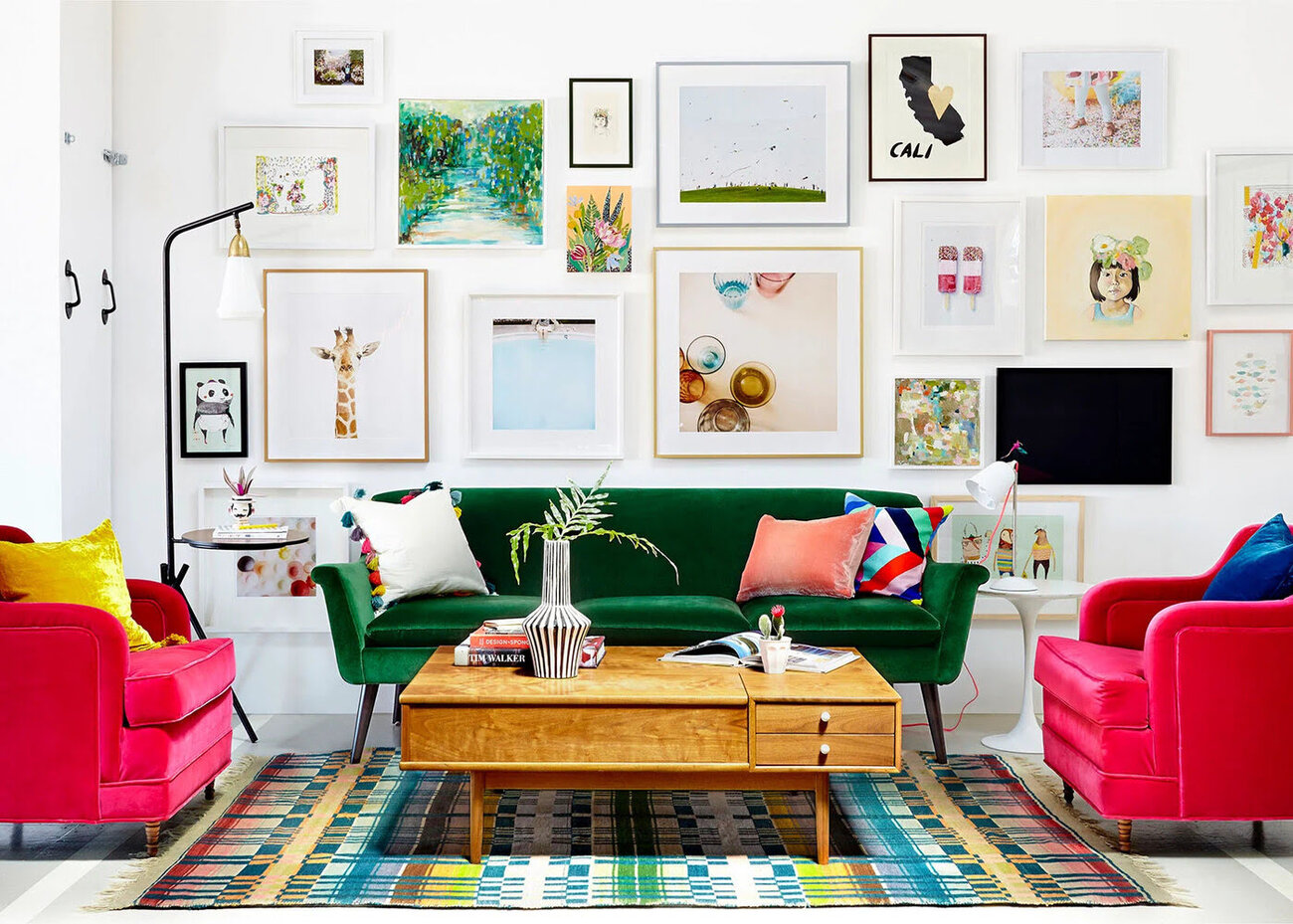
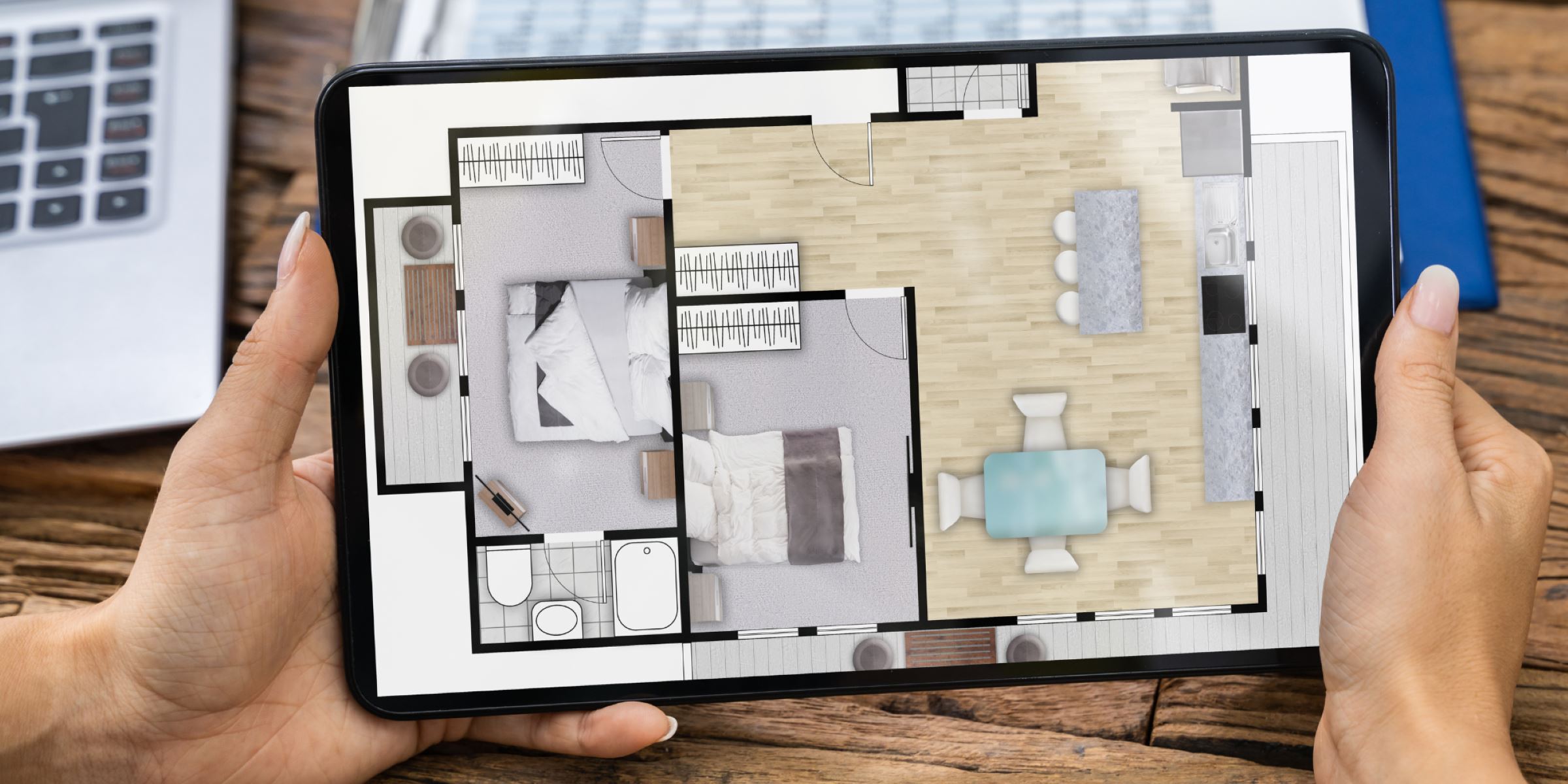
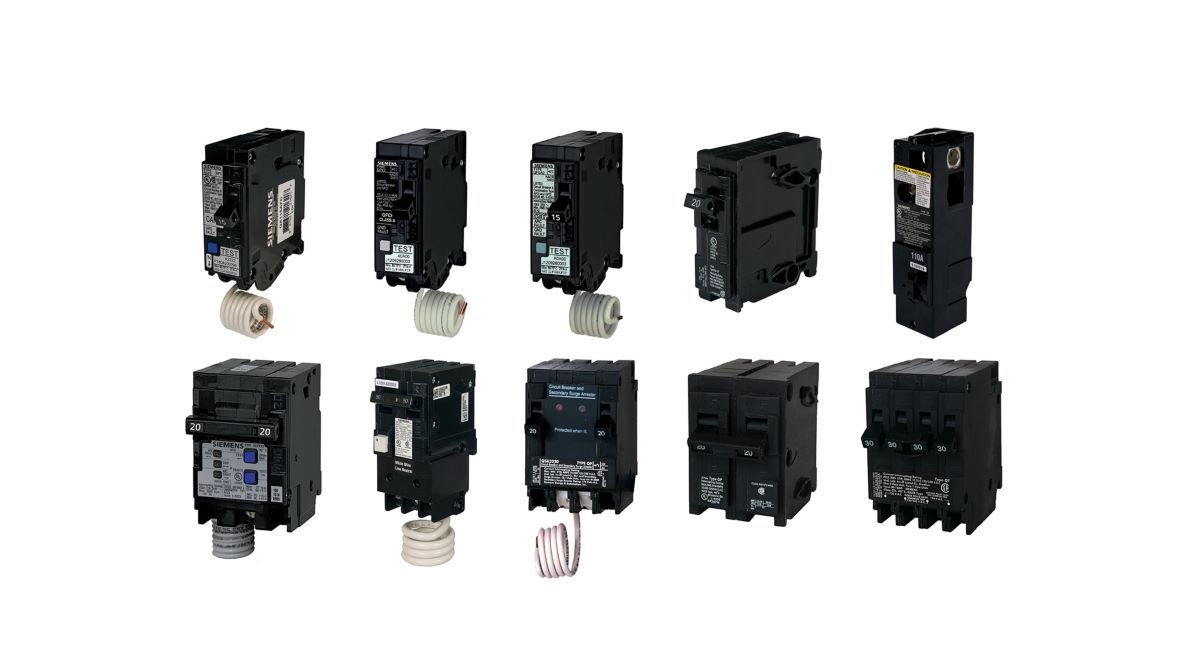

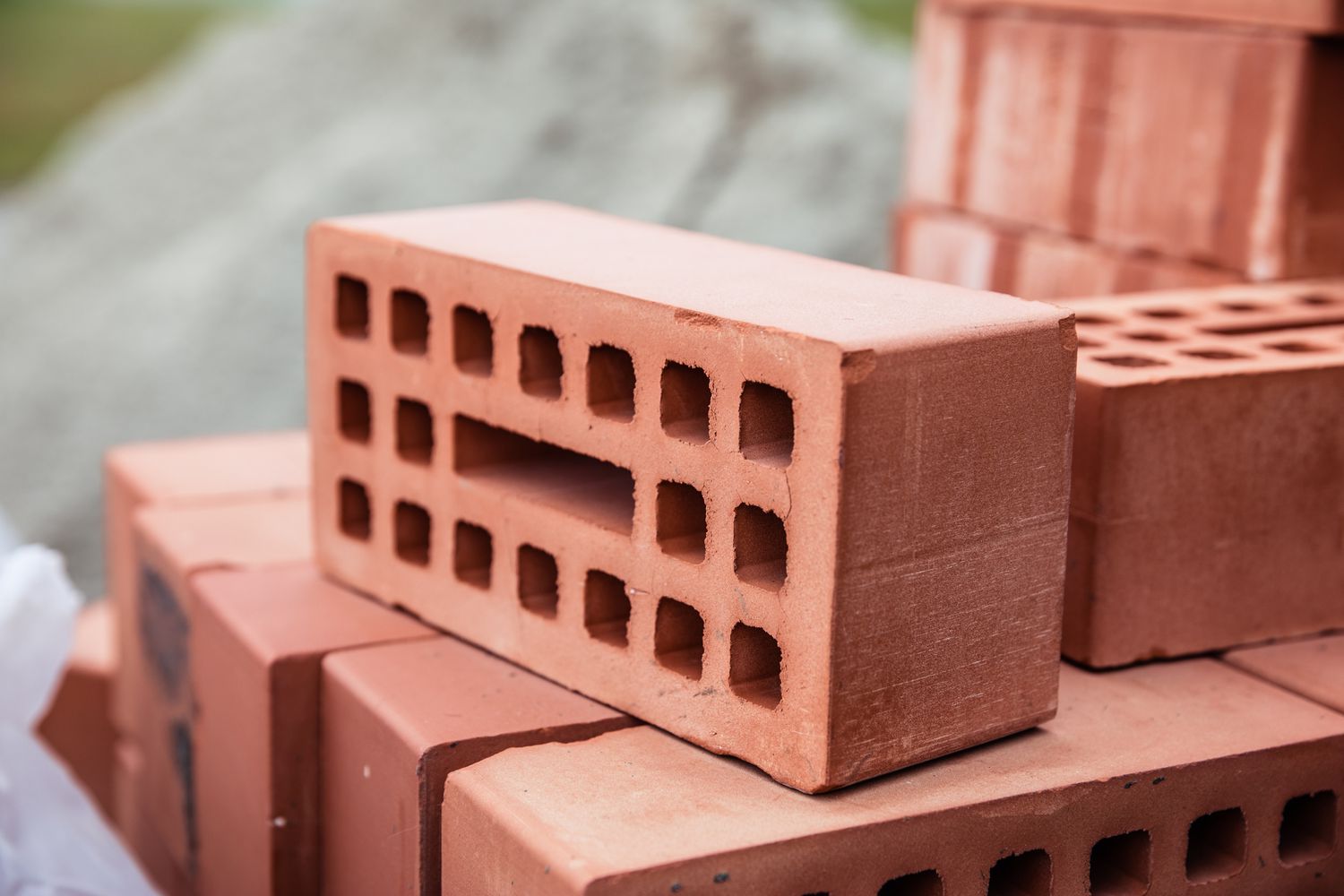

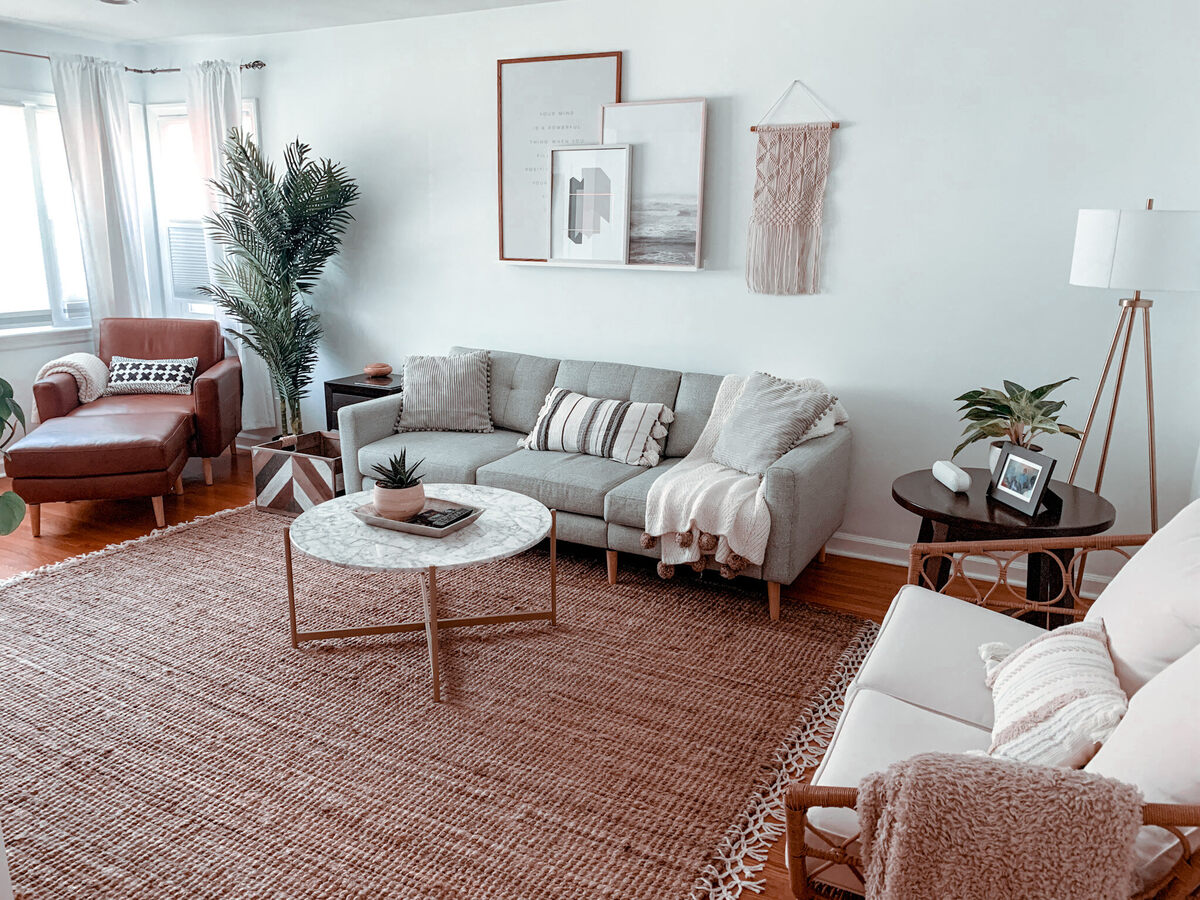

0 thoughts on “How Many Types Of Design To Decorate A House”